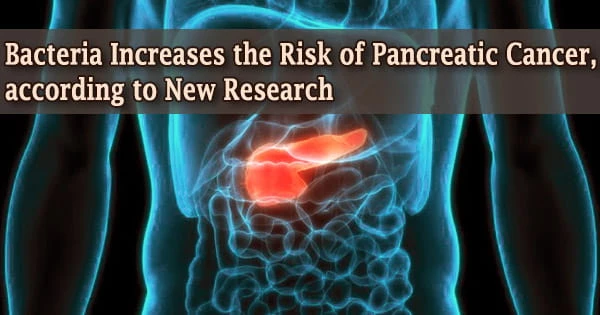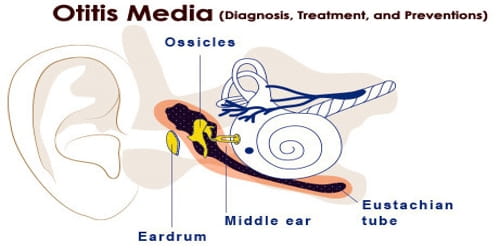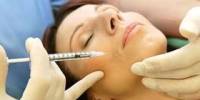Bacteria from the gastrointestinal tract appear to have the ability to harm pancreatic cells, raising the risk of malignant tumors. Bacteria are single-celled organisms with a small size. Bacteria can be found practically everywhere on the globe and are essential to its ecosystems.
Bacteria abound in the human body, which is thought to have more bacterial cells than human cells. The majority of bacteria in the body are harmless, and some can even be beneficial. The disease is caused by a small number of species.
Researchers at Sweden’s Karolinska Institutet have examined live bacteria from cystic pancreatic lesions, which are precursors to pancreatic cancer, for the first time. The findings, which were reported in Gut Microbes, could lead to preventive antibiotics being used locally.
Pancreatic cancer is one of the most lethal and aggressive cancers. It is frequently identified late, by which time it has spread, because it can have obscure symptoms, if any, in its early stages.
As a result, the disease has progressed to the point where the majority of patients are terminal at the time of diagnosis. Pancreatic cancer will soon overtake breast cancer as the third most prevalent cause of cancer-related death in the EU, based on current trends.
The pancreas has many cystic lesions, including intraductal papillary mucinous neoplasms (IPMNs). Because they are known to be precursors to pancreatic cancer, many individuals will require ongoing monitoring and, in some cases, surgery. Knowing more about carcinogenic risk factors would be beneficial to both the individual and the healthcare system.
Reduces the effect of cytostatics
Although the cause of IPMNs and pancreatic cancer is unknown, previous research from Karolinska Institutet and others suggests that the presence of oral bacteria in the pancreas may be a predictor of IPMN severity.
Karolinska Institutet researchers have now improved on their prior findings. They were able to collect real pancreatic bacteria in the laboratory using modern cultivation methods and a unique proteomic methodology.
The cystic fluid from 29 individuals who underwent surgery for cystic pancreatic tumors between 2018 and 2019 was examined in this new study.
Some bacteria could cause double-stranded DNA breakage which is considered the first step of cellular lesion and cancer. We also found that antibiotics could prevent damage to the DNA. Our findings not only confirm that bacteria play an important part in the development of cancer, they also illuminate new ways to attack the process.
Margaret Sällberg Chen
Their findings revealed an overabundance of Gammaproteobacteria and another bacterial species known as Bacilli. These bacteria live in the digestive tract naturally and have been proven to increase cancer therapy resistance by interfering with the impact of gemcitabine, a cytostatic medicine used to treat pancreatic cancer. These bacteria were found in IPMNs and were culturable in 24% of the instances, according to the study.
First stage of lesions
Following further research in the lab, the researchers discovered that many of these bacteria could infect and even hide within pancreatic cells, causing injury.
“Some bacteria could cause double-stranded DNA breakage which is considered the first step of cellular lesion and cancer,” explains Margaret Sällberg Chen, professor at the Department of Dental Medicine at Karolinska Institutet. “We also found that antibiotics could prevent the damage to the DNA. Our findings not only confirm that bacteria play an important part in the development of cancer, they also illuminate new ways to attack the process.”
The mystery of how bacteria from the digestive tract get into the pancreas and hide in its cells remains unsolved.
“Under normal circumstances, the duct from the intestines to the pancreas is closed, but in the presence of inflammation or injury, perhaps the bacteria may slip through,” says Volkan Özenci, senior consultant and associate professor at the Department of Laboratory Medicine, Karolinska Institutet.
Bacteria have most likely traveled through this duct from the mouth cavity and gastrointestinal tract to the pancreas. Some bacteria can hide in human cells, such as white blood cells, and use those cells to get to the pancreas.
The researchers claim that their findings could have clinical implications.
“It would, for instance, be relevant to be able to screen patients with IPMNs for this type of bacteria,” says the study’s co-first author Dr Asif Halimi, who is surgeon and doctoral student at the Department of Clinical Science, Intervention and Technology, Karolinska Institutet.
“We’ve discussed the possibility of introducing a local antibiotic treatment in conjunction with, for example, an endoscopic examination or treatment. This would reduce the risk of bacterial infection and prevent future problems.”
The researchers are currently looking into whether the DNA damage is caused by physical bacteria or bacterial metabolites. They’re also mapping the bacteria’s origins in the gastrointestinal system and comparing them to germs discovered in the mouth.
Karolinska Institutet, the Swedish Research Council, Radiumhemmets forskningsfonder, and the Swedish Cancer Society all contributed to the research. There are no conflicts of interest that have been recorded.
















